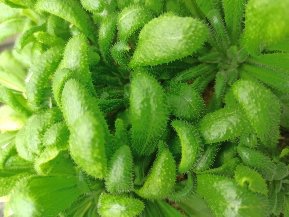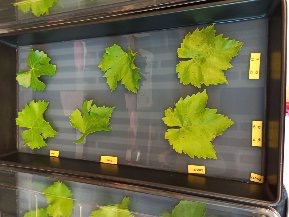Quantitative Systems Biology
Plant natural chemistry generates compounds that provide the taste, flavor, color and medicinal activities that people associate with specific plants. However, their primary role is helping the plant cope with its environment by attracting pollinators, repelling attackers and protecting the plant from sunlight. These functions make these compounds easy to measure and key tools in understanding modern systems biology and genomics. We focus on two major questions using plant and fungal metabolism as our model system:

The first question is the systems biology underlying these chemicals. Presently this has a direct systems biology component where we are querying how transcription factor binding sites shared across the promoters for a biosynthetic pathway coordinate the expression of the genes to optimize the pathways function. This question also has a major quantitative and genomic component where we are using tools such as genome wide association mapping and QTL analysis to develop network analysis approaches and theory to help with the modern synthesis of the gene-to-phenotype linkage.

The second question focus is on how plants and fungi use metabolism to interact with each other. These compounds have broad activities and both plants and fungi make an amazing diversity of chemicals, each potentially with its own function and evolutionary history. We are primarily using the model plant, Arabidopsis thaliana, to study how its secondary metabolites control interactions with both insects and fungi. As a part of this we are using a mixture of functional genetics, quantitative genetics, plant biology, evolutionary biology and metabolite profiling to develop as in depth and broad a picture as possible. To broaden this picture, we are expanding into how the generalist pathogen, Botrytis cinerea, uses metabolism to interact with 16 dicot crops and their diverse specialized metabolism. These include Sunflowers, Squash, Cucumbers, Lettuce, Tomato, Pepper, Parsley, Okra, Soybean, Common Bean, Cowpea and others. We are using a co-transcriptomic approach where we measure both the host and pathogens transcriptomes to query the evolutionary and functional process that shape this interaction. Thus by studying how Eudicots and Botrytis interact, we hope to analyze how organisms combat each other through metabolism.